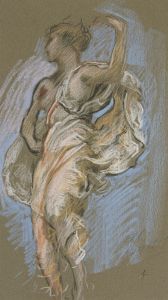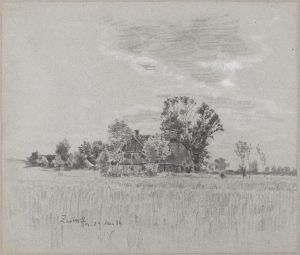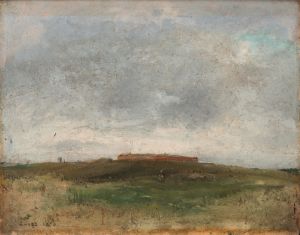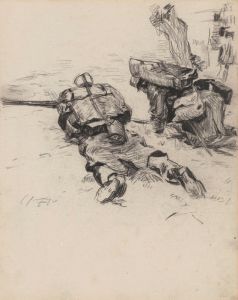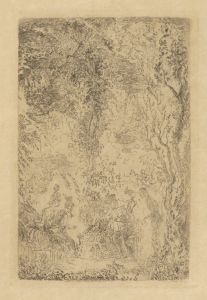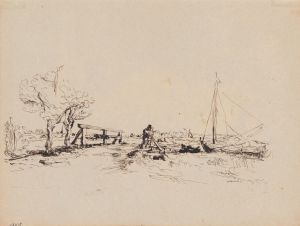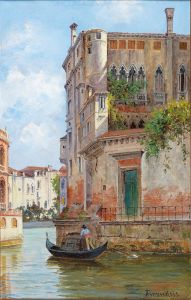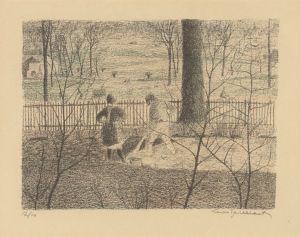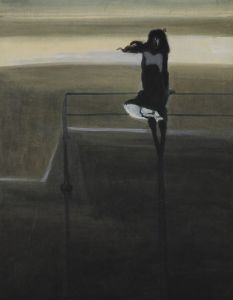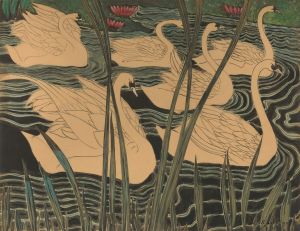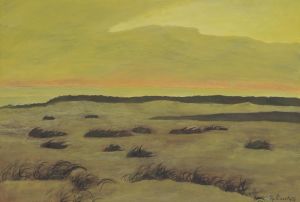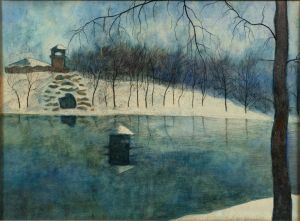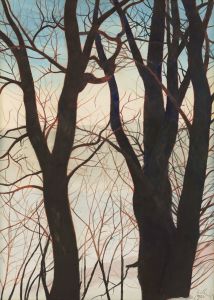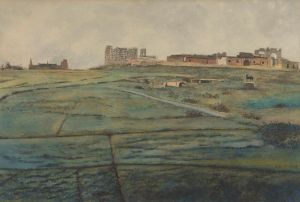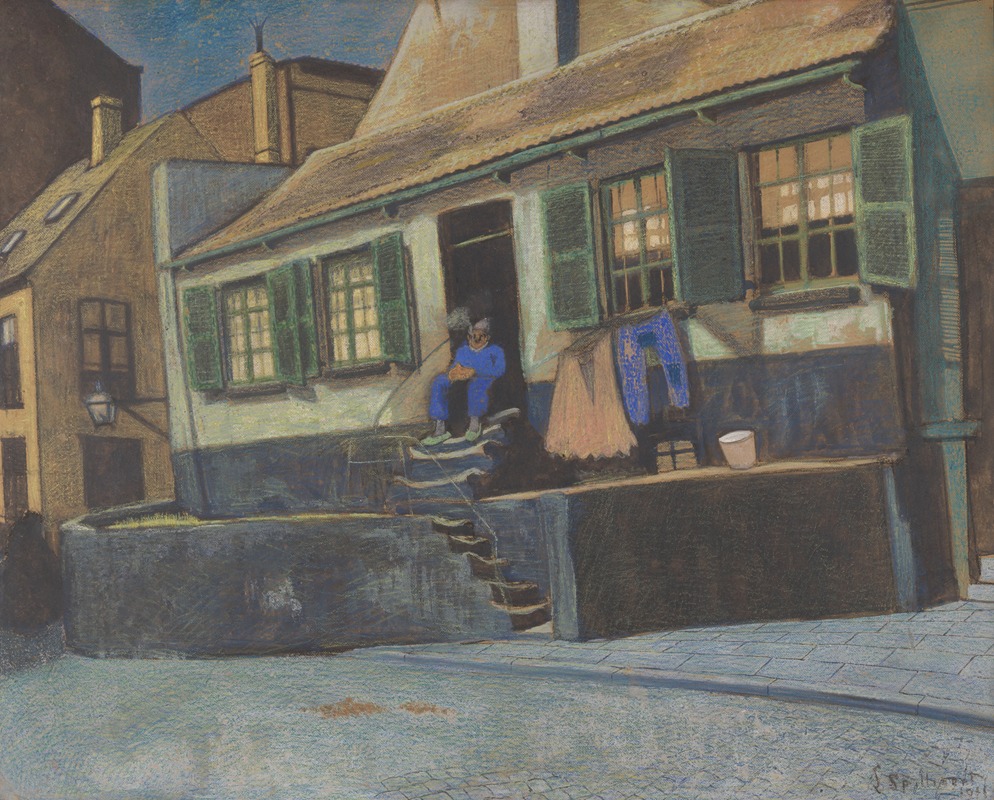
Het huis genaamd ‘De Preekstoel’ te Oostende
A hand-painted replica of Léon Spilliaert’s masterpiece Het huis genaamd ‘De Preekstoel’ te Oostende, meticulously crafted by professional artists to capture the true essence of the original. Each piece is created with museum-quality canvas and rare mineral pigments, carefully painted by experienced artists with delicate brushstrokes and rich, layered colors to perfectly recreate the texture of the original artwork. Unlike machine-printed reproductions, this hand-painted version brings the painting to life, infused with the artist’s emotions and skill in every stroke. Whether for personal collection or home decoration, it instantly elevates the artistic atmosphere of any space.
Léon Spilliaert, a prominent Belgian symbolist artist, is known for his evocative and atmospheric works that often explore themes of solitude, introspection, and the uncanny. One of his notable works is "Het huis genaamd ‘De Preekstoel’ te Oostende" (The House Called 'The Pulpit' in Ostend), which reflects his deep connection to his hometown of Ostend and his unique artistic vision.
Léon Spilliaert was born in Ostend in 1881, a coastal city that significantly influenced his artistic development. The city’s haunting seascapes, shifting light, and atmospheric conditions often served as a backdrop for his work. Spilliaert's art is characterized by its moody and introspective qualities, often employing a limited color palette and dramatic contrasts of light and shadow to evoke a sense of mystery and emotional depth.
"Het huis genaamd ‘De Preekstoel’ te Oostende" is a testament to Spilliaert's ability to capture the essence of a place while imbuing it with a sense of otherworldliness. The painting depicts a house in Ostend known as 'De Preekstoel' (The Pulpit), a name that suggests a place of speech or proclamation, perhaps hinting at the building's architectural features or its prominence in the local landscape. Spilliaert's rendering of the house is likely to reflect his symbolic and expressionistic style, focusing on the emotional resonance of the scene rather than a purely realistic depiction.
Spilliaert's work often blurs the line between reality and imagination, and "Het huis genaamd ‘De Preekstoel’ te Oostende" is no exception. The painting may feature exaggerated perspectives, unusual angles, or a dreamlike atmosphere, inviting viewers to contemplate the deeper meanings and emotions associated with the scene. This approach is typical of Spilliaert's oeuvre, where the physical environment becomes a conduit for exploring the inner workings of the mind and the complexities of human experience.
Throughout his career, Spilliaert was influenced by various artistic movements and figures, including symbolism, expressionism, and the works of artists like Edvard Munch and Odilon Redon. These influences are evident in his use of bold lines, stark contrasts, and a focus on mood and emotion. Spilliaert's art often conveys a sense of isolation and introspection, themes that resonate with the existential concerns of the early 20th century.
"Het huis genaamd ‘De Preekstoel’ te Oostende" is a reflection of Spilliaert's ability to transform the ordinary into the extraordinary, capturing the viewer's imagination and inviting them to explore the deeper layers of meaning within the work. The painting is a part of Spilliaert's broader exploration of Ostend and its environs, a recurring motif in his art that underscores his lifelong connection to the city.
Léon Spilliaert's work, including "Het huis genaamd ‘De Preekstoel’ te Oostende," continues to be celebrated for its innovative approach and emotional depth. His paintings offer a unique window into the psyche of an artist who was deeply attuned to the nuances of his environment and the complexities of human emotion. Spilliaert's legacy endures as a testament to his ability to capture the intangible and evoke a profound sense of mystery and introspection through his art.





